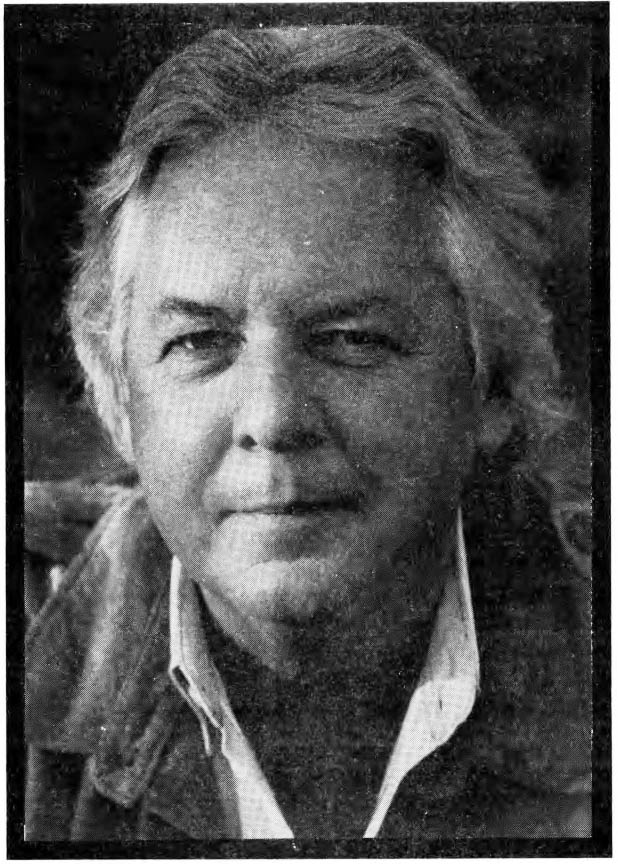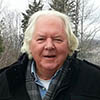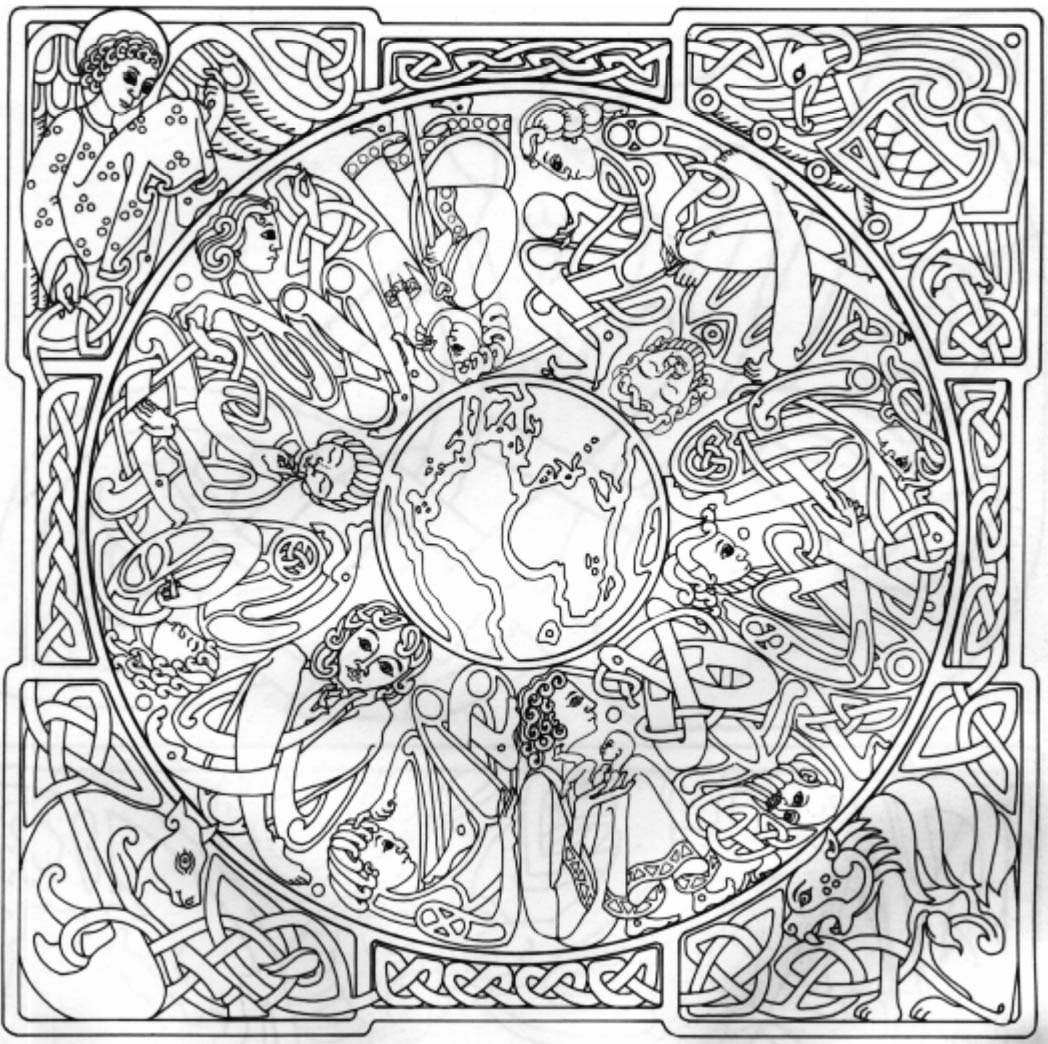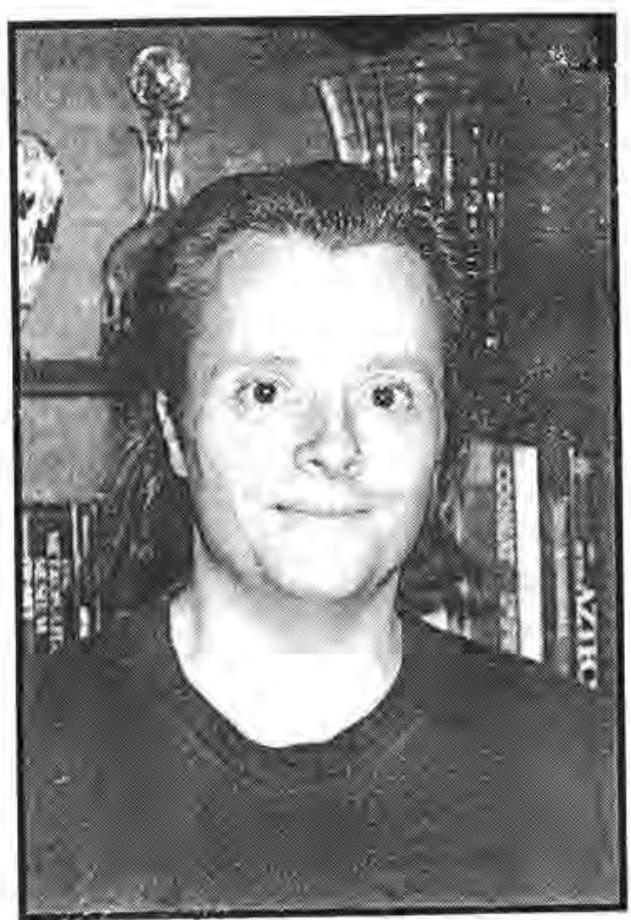
I have a dream: that we will bring back the arts of dream healing and build new dream temples.
Every dreamer has a personal physician available who will make house calls at any hour, prefers to heal without surgery or pharmaceuticals, and does not charge a penny. We would spend a lot less time and energy on visits to doctors' offices, clinics and medications if we only listened to our personal dream doctors.
Every night, if we pay attention, we find that our dreams are giving us an impeccable readout on our physical, emotional and spiritual health. Our dreams are constantly showing us what we need in order to stay well. Our dreams rehearse us for possible health problems long before we develop physical symptoms. If we are willing to listen to these prodromic dreams and take appropriate action, we may be able to avoid manifesting those physical symptoms of disease.
When treatment is required, our dreams advise us on where to go and where not to go, for help.
Dreams also show us the hidden causes of illness, taking us into realms that are only grudgingly acknowledged (when acknowledged at all) by mainstream medicine and psychology. They show us how we may have lost vital energy, pieces of soul, through pain or abuse or negative behavior, and how we can get it back. They show us where we may have suffered psychic intrusion, or be burdened by negative attachments that are stealing our energy and clarity. They direct us to establish healthy boundaries between ourselves and other people, including the departed.
The power of imagery to remold our physical bodies in the direction of health is now widely accepted. Our bodies do not seem to differentiate between mental, emotional and physical events providing the events engage our full belief and vigor. Just as we can make ourselves ill by dwelling on stress and fearful images, we can use healing imagery to make ourselves well. Dreams are the best source of this healing imagery, which emerges fresh, spontaneous and personal from our night journeys.
Beyond all this, in big dreams, we may benefit from spontaneous healing. Sometimes this comes as the gift of a dream guide who appears in the midst of a desperate crisis, when we are finally willing to ask for help and have opened a space within ourselves where the healing power can operate. A man who was battling cancer asked his dreams for help and had a vivid encounter with a wild Pictish ancestor whose body was covered with tattoos. The dream guide indicated he should pay close attention to the patterns etched on the skin. As the dreamer studied the tattoos, he realized the message was about something more important than ancient body-piercing. He was being encouraged to redesign the energy template of his body, his second 'skin.' Inside the dream, he felt his physical body responding to the new patterns. Afterwards, in waking life, he noted a dramatic improvement in his condition.
Dreams give us health messages not only for our own benefit, but for that of others. Working with dream messages for others requires care and tact. For example: a woman dreamer in one of my circles reported a dream in which her brother-in-law had died of cancer. I asked her to go back inside the dream to get more information. Was there any indication of the possible date of the dreamed event? She re-entered the dream, with the help of shamanic drumming, and noticed that her nephews looked about six years older in the dream than in waking life. This suggested we might have a good deal of lead time to work with. We agreed she would talk to her sister discreetly and urge her to get her husband to go in for a check-up.
The connection between dreams and healing is primal and vital, and it is all about soul. Traditional Iroquois say that dreams reveal the secret wishes of the ‘soul’. If we fail to pay heed to these wishes, we lose a part of our vital energy and become prey to disease and misfortune.
Happily, it is no longer taboo to talk about ‘soul’ in modern society. Yet we are still a long stretch, as a society, from recovering the arts of dream healing that reflect the understanding that dreams are both experiences and wishes of the soul.
We need to learn from those supposedly 'rational' Greeks, who gave us the Hippocratic Oath that is still the pledge of our medical profession. In its original version, the Hippocratic Oath is a vow to the gods; "I swear by Apollo Physician, and Asklepios and Hygeia and Panacea and all the gods and goddesses." In the modern version, the god-names are omitted, but perhaps Asklepios is still there, waiting in the wings. His symbol, the serpent-entwined staff (though much confused with the caduceus of Hermes) is on the side of almost every ambulance and on the door of clinics and health insurers.
Who is Asklepios? Above all, he is the patron of dream healing. In the ancient world, pilgrims journeyed to his dream temples in the hope that healing and guidance would come to them through a direct encounter with the sacred powers that speak and act through dreams.
The legends of Asklepios are fragmentary and contradictory; we have to dream our way to their beating heart. He is born of the encounter between a god (Apollo) and a mortal (Coronis). His life is threatened in infancy; he is sheltered by animals and shepherds. He learns the arts of healing from a being who lives deep in the realm of the animal powers, Chiron the centaur, archetype of the wounded healer. He heals in the way of a shaman, bringing back lost souls. He is so successful at reviving the dead, snatching their souls from the kingdom of Death himself, that the top god intervenes to restore the balance of things. But after blasting Asklepios with his thunderbolt, Zeus relents and raises him to walk among the stars as an immortal. You can see Asklepios in the night sky in the constellation of Ophiuchus, the Serpent Holder, grasping a huge snake in his two fists.
He was famed for his 'kindness and love of men.' [1] The tale of a spiritual healer who died and rose again was so intensely popular in the ancient world that perhaps it is not surprising that early Church apologists like Justin Martyr compared the Jesus story to that of Asklepios. [2] In its heyday, the cult of Asklepios was observed at more than 400 sanctuaries. Like the Eleusinian Mysteries, it commanded the hopes and imaginations of the Hellenic world for more than a millennium. This suggests that the temples of dream healing produced results. Votive offerings commended the god for the recovery of sight or sexual potency, or the use of a limb, as well as deeper healings.
I have felt a personal connection with Asklepios and his family since childhood dreams carried me into scenes of healing and initiation in the landscapes where he was reverenced. I sometimes place a modern Greek sculpture of Asklepios, with his snake mascot coiled around one arm, holding a cup and staff, at the center of my dream circles. If I had any doubt about the relevance of the Asklepian way in modern North America, it was resolved by a vision, during a healing circle, in which I saw Asklepios shapeshift into the form of the Bear, the great medicine animal of this continent.
Like all successful going concerns, the ancient cult of Asklepios no doubt spawned its users and abusers. In one of his comedies, Aristophanies depicts crooked Asklepian priests stealing the offerings and impersonating the god to create manufactured visions.
But if we go back to the heart of the practice, the core techniques of Asklepian dream healing are deeply, I would say urgently, relevant to us today.
You go to the dream temple to ask for a dream, a big dream that may in itself be the healing. There is a price for admission. You must leave behind your familiar habits and mindsets. You must be cleansed and purified. You must offer sacrifice. Above all, you must produce the dream of invitation. You get to spend the night in the abaton, the sacred dormitory of the god, only after you have satisfied his servants that you have been called by a specific dream. You will remember to ask for help, and to ask in the right way. This is not necessarily about fixing your physical symptoms. It is about putting body and soul together, and getting in touch with the sacred powers that support your life and the spiritual purpose that should inform it. You will be required to brave up to your fears; for a start, you will be sleeping among the yellowish-white snakes of the sanctuary, perfectly harmless, but creepy for those of us who are uncomfortable around snakes. You will need to understand that the dream healer may come in many forms: as god or goddess, as radiant child, as a dog that slobbers on you or a serpent that wraps itself around you.
The encounter may come in the twilight zone between sleep and waking, as it came for Aelius Aristides: "I seemed almost to touch him and to be halfway between sleep and waking and to have tensed my ears to listen, sometimes as in a dream, sometimes as in a waking vision, and my hair was standing on end." [3]
Notice that for the countrymen of Socrates and Aristotle and Galen, this is not some New Age 'alternative' medicine; this is mainstream stuff. We need it back, adapted to our circumstances, not in order to scrap the tools of allopathic medicine, but to use them more wisely and to touch the parts they cannot reach.
The core techniques of Asklepian dream healing are these:
Spiritual cleansing.
This involves not only cleansing baths and attention to diet and behavior, but a willingness to change our mindset and leave behind old habits and attachments.
Making a sacred space.
The inscription over the gatehouse of the Asklepion at Epidaurus reads: "Pure must be he who enters the fragrant temple. Purity means to think nothing but holy thoughts." This is about opening a space within ourselves that the healing power can fill; a space, perhaps, for returning soul. Asking for help. When we go to our dreams for healing or guidance, we are approaching a source that is infinitely wiser than our everyday mind. If we ask for help from a higher power, it is important to learn to ask in the right way. Aelius Aristides, a famous orator who lived for several years at the dream temple at Pergamum, has left us a personal invocation of Asklepios that is a model of the right way to ask for help: "You in your kindness and love of humans relieve me of my disease and grant me the measure of health the body requires to serve the purposes of the soul." [4]
Working with the Animal Powers.
Asklepios travels with a dog and frequently manifests in the shape of a snake. In our spontaneous dreams, animals often bring us health advisories and an opening to healing. If the bear is mad at me in my dreams, I give serious thought to my health. If an animal to which you feel connected is injured or undernourished, ask yourself what you might need to do to recover your animal spirits and follow the natural path of your energies. Be open to an animal appearing as guide to a place of deep healing. Shamanic peoples say that if you are not in touch with your power animals, you are not fully alive; something is soul-gone. In the dream temple, our animal spirits come back.
Dream journeys.
A dream of invitation gets you inside the sanctuary. Now you learn to dream the dream onward and enter a deeper dreaming, alert and conscious at the borders of sleep and waking. Who knows how far you may learn to travel? With practice, you will learn to access deeper realities at will, and bring back gifts.
Theater of healing.
Some of the finest theaters of the ancient world were attached to the dream temples at Epidauris and Pergamum. As the Greeks well understood, the dramatic arts are deeply purging and healing. In modern dream temples, we perform spontaneous dream theater to celebrate our journeys, build community dreams and locate ourselves within a deeper story.
Soul recovery.
Asklepios is a patron of soul retrieval as well as dream healing. Shamans believe that soul loss is the most common source of illness, depression and chronic fatigue, as well as many mental and emotional disorders. When we suffer unbearable pain or grief, we lose a part of our vital energy. In the dream temple, when space has been cleared, this vital energy can often be brought back. Sometimes we can bring through some of the radiant energy of the Higher Self, our larger spiritual identity into full embodiment in this lifetime.
Divination.
We go to the dream temple not only for healing but for guidance on all the issues and passages of our lives, Our dreams rehearse us for our possible futures, and show us things that may lie far in the future. We can use this information to make wiser choices and often to change the (probable) future for the better. This is about more than seeing the future. It involves divination in the original meaning of the word: i.e., to ascertain the wishes of the divine. This means getting in touch with our spiritual purpose and the sacred powers that support our lives.
My dream of rebuilding the temple of dream healing appears to be shared by many others, in a quite literal sense. Recently I have received dream reports from several American dreamers that center on this theme. A New York City dreamer saw dream incubation chambers, a theater and other buildings laid out among rolling hills in a pattern that resembled the constellation of Ophiuchus. One of the most startling dreams was sent to me by a woman I had never met:
I am in a place called Dreamland. Paths lead through a dreamlike park with an area of large spheres that appear to be made of thick clay with openings in them. Each area has a place to 'enter dreaming.' Different settings are designed to enhance dreaming and help people 'dream true' and 'dream strong.'
There is an oracular cave and huge animal carvings, One dream chamber is shaped like a tree. When you go inside you look over a view of a valley with junipers. There are pictures you can enter. I pick up a glossy brochure at the main gate and discover that Dreamland was designed by Robert Moss.
I am not surprised!
In the ancient Dreamland, they chanted: "Egreo, Paion Asklepios!" "Wake, Asklepios the Healer!"

Notes
Aelius Aristides, Oratio xxxviii, 24
See Emma J. Edelstein and Ludwig Edelstein, Asclepius: Collection and Interpretation of the Testimonies. Baltimore and London: Johns Hopkins University Press, 1998 (reprint). This is the most important collection of written sources.
Aelius Aristides, Oratio xlviii, 31-33
Aristides, Oratio xxxviii, 24.
Robert Moss is the author of Conscious Dreaming, Dreamgates and the popular audio series Dream Gates: A Journey into Active Dreaming. He teaches workshops all over the world in Active Dreaming, his original synthesis of dreamwork and primal shamanic techniques. His website is www.mossdreams.com








